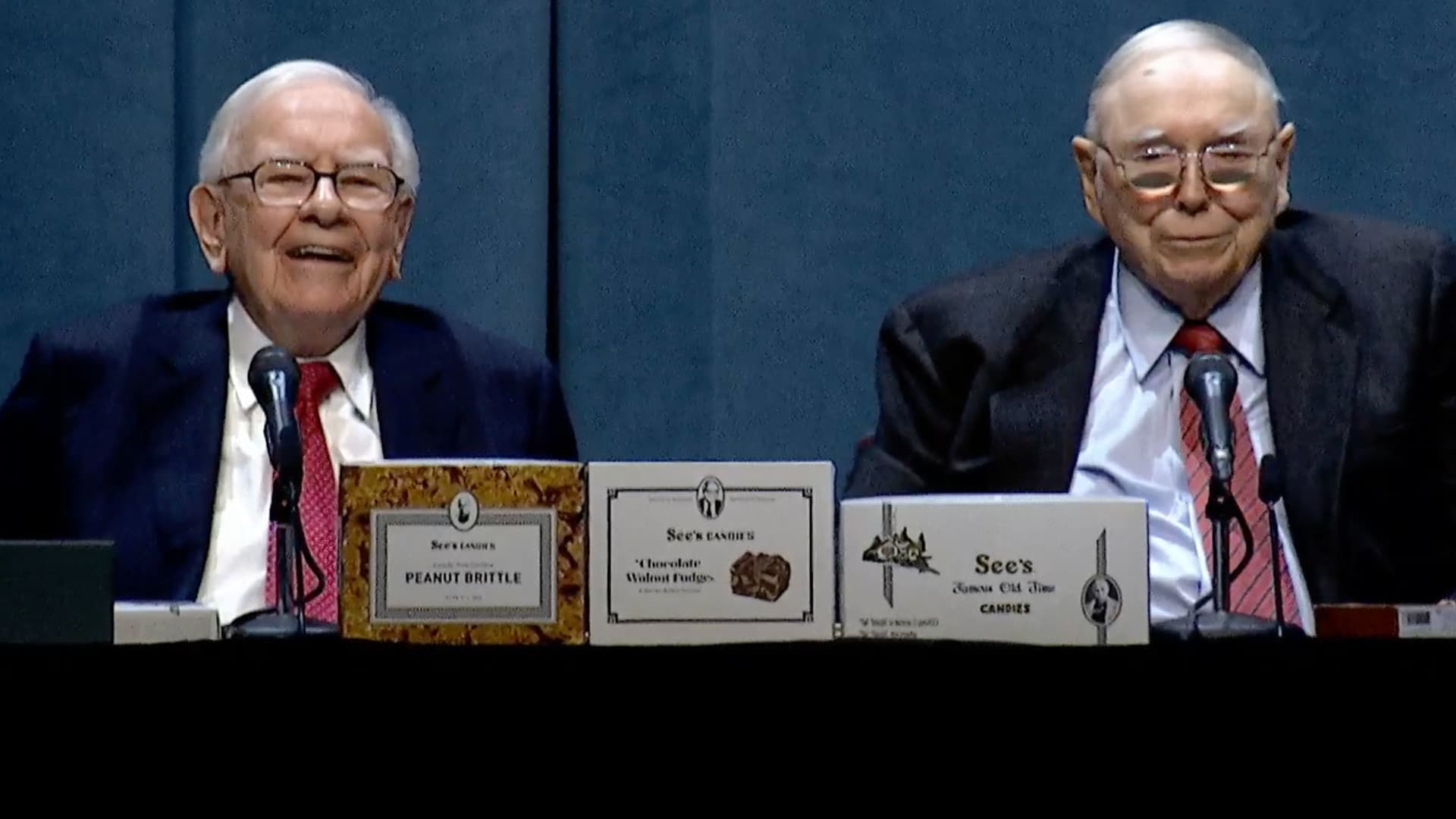What’s selling motivation, you may be wondering.
We’ve not experienced much since the middle of 2022 when the Federal Reserve mounted its stair climber and hiked interest rates several times over the next 18 months.
Most of the selling motivation from the start of 2021 was fueled by crazy high prices investors were willing to pay paired with cheap money. Some who never considered selling their property cashed in during this run-up.
We even saw the occupant premium disappear for a few months. An occupant premium refers to a higher price the user of a building is willing to pay versus that of an investor. You see, occupants consider the utility a piece of real estate has to offer its operation whereas an investor is interested in the income generated.
Generally, that means they’ll pay more. Once the easy money evaporated and investor buyers were relegated to the sidelines – selling motivation ebbed. I believe in 2024, we’ll experience a different kind of selling motivation – more forced selling. Bear with me as I review five situations that could render me prescient.
Transition triggered by the D’s
Transitions can predict a sale and the most common ones that owners face are divorce, death, disposition, distress, disputes and dissolution.
When a marriage ends and the combatants must reconcile the assets, sometimes a sale occurs. Death creates an interesting tax treatment known as a “step-up in basis” which makes selling more attractive. Sometimes business owners decide it’s time to sell their companies.
What follows, occasionally, is the sale of the building the operation once occupied.
A vacant address with a mortgage means someone must foot the bill. Distress happens when no one wants to rent the premises. Arguments can lead to a sale. When partners can’t agree on a direction for the property, selling could be imminent.
Finally, when an ownership entity is dissolved a property is sold. Effectively ending the involvement of the members.
Lender pressure
Here’s my theory. Stress among regional banks has been widely reported, especially if the bank has risky loans on the books or faces upward rate pressure in its bond portfolio.
The demise of Silicon Valley Bank and First Republic are examples.
If a bank-funded construction loan was originated in early 2022 — which financed the construction of a new building — certain assumptions were made including the costs, time to complete the build, lease rate that would be achieved and the amount of carrying time before an occupant moved in.
The expectation was a permanent loan would replace the short-term construction loan. But now the new structure is delivered into a very different world. Lease rates have softened, and vacancy times have expanded.
Plus, interest rates have risen substantially. Lenders fear their construction loans may not be timely repaid and could force a sale.
Owner capitulation
Refinancing into a higher interest rate market could bring some owners to the table with selling motivation. This will especially be true with the owners of office properties.
If the owner of an office building faces substantial vacancy and must resort to lowering its lease rates to attract a tenant, the income generated by the office building is less than anticipated and may not service the debt.
Additionally, if substantial capital expenditures are necessary to attract occupants, the money may not be in the budget. As you can see, a tsunami of issues could cause a seller to hand the keys to their lender. The lender, not wanting to own commercial real estate, then disposes of the property at a discounted amount.
Short term rollover
We currently represent an occupant looking to acquire a building in the Inland Empire.
During 2021, this business owner was effectively blocked from buying because he could not compete with the investor activity. Investors were willing to pay astronomical prices with very few contingencies, and close quickly.
Therefore, we sold and leased back for two years. Our theory was we could re-buy before lease expiration, and we believed the market was headed for a correction.
We are now noticing some building owners, faced with a pending vacancy, looking to sell rather than experience the lengthy and costly process of finding a new tenant.
Investors awakening
Who knows when we’ll see an uptick in investor activity?
My prediction is this genre of buyers — faced with allocation requirements, a declining interest-rate market, and a realization of where lease rates have settled — will cause some buying activity this year.
The interesting part of the equation will be how owners who not faced with any of the pressures will react to unsolicited investor offers. We shall see.
Allen C. Buchanan, SIOR, is a principal with Lee & Associates Commercial Real Estate Services in Orange. He can be reached at [email protected] or 714.564.7104.







